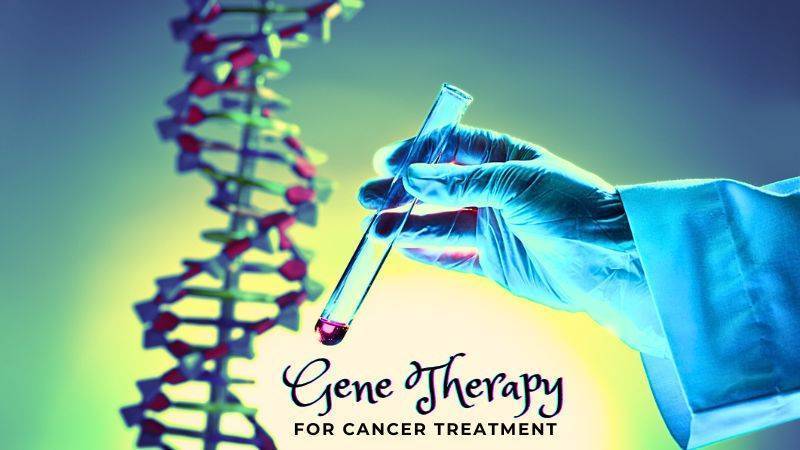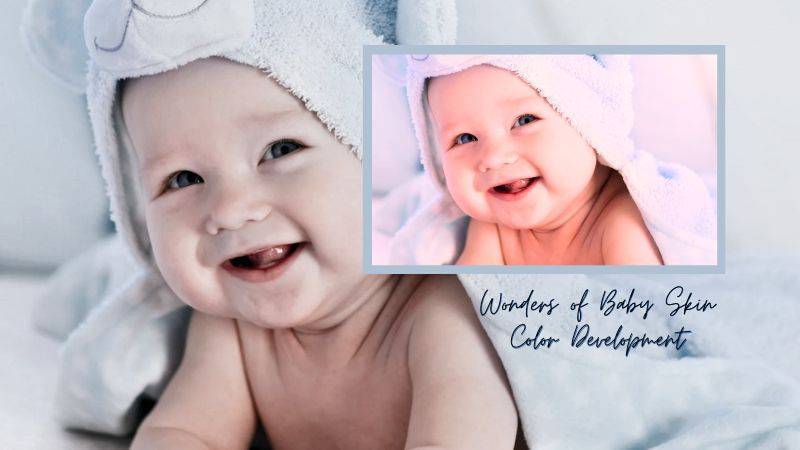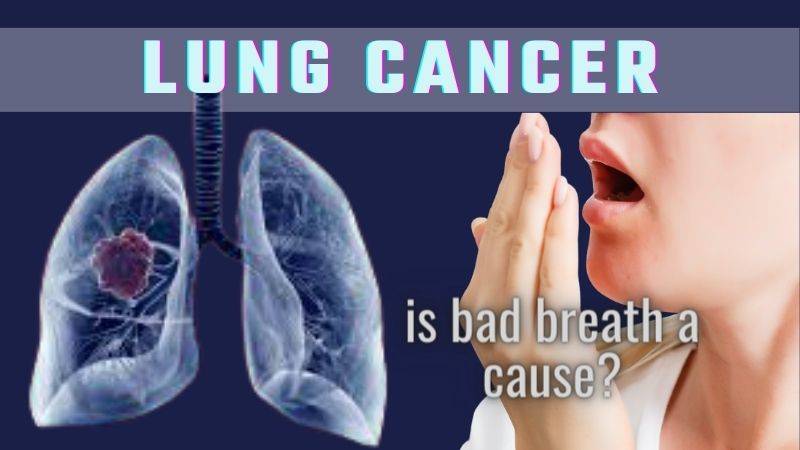The journey to recovery doesn’t end with the removal of skin cancer. Effective wound care is an essential step in healing and minimizing complications.
How well a wound heals is influenced by the treatment method, your overall health, and how you care for the injury.
Here’s a detailed guide to aid your healing process after skin cancer removal.
Healing Journey After Skin Cancer Removal
Skin cancer excision is a surgical procedure performed to remove a cancerous growth from your skin. The disease arises due to an uncontrolled proliferation of abnormal cells within the skin.
Among several types, the three most frequently observed skin cancers include

Following the excision, your injury may be closed with stitches, often leaving a scar. As healing progresses, this scar tends to fade over time.
The pace of wound healing largely depends on its size, with most wounds typically healing within a 1-3 week period.
With this guide, we aim to highlight crucial steps that can aid in efficient wound care and promote a quicker healing process. While individual healing rates can vary, adherence to these step-by-step guidelines can significantly enhance your recovery journey.
Post-Operative Care Strategies After Skin Cancer Excision

- Proper Cleaning of the Wound
The first line of defense against infection is keeping your wound clean. Typically, this involves washing the area gently with mild soap and warm water.
Avoid scrubbing the wound, as this could cause irritation. Always follow your healthcare provider’s instructions regarding wound cleaning to prevent complications.
- Applying Dressings
A fresh bandage should be applied as directed by your healthcare provider, usually daily or sometimes more frequently.
Before dressing the wound, clean hands are a must. Under the bandage, you might need to apply a specific ointment like petroleum jelly or a prescribed antibiotic ointment to keep the wound moist, promoting healing and reducing scarring.
- Managing Pain
Pain management is critical to your comfort and wellbeing.
Over-the-counter medications like acetaminophen (Tylenol) or ibuprofen (Advil, Motrin) can alleviate minor pain.
However, if you’re experiencing severe pain, your healthcare provider may prescribe stronger medications. Never hesitate to communicate any discomfort you’re feeling to your healthcare team.
- Monitoring the Wound
Vigilant monitoring of your wound is key. Look out for signs of infection such as increased redness, swelling, pain, or pus drainage. Fever may also indicate an infection.
Should you notice these signs, contact your healthcare provider without delay. Early intervention can prevent complications.
- Activity Modifications
Depending on the location and extent of your surgery, certain activities may need to be limited.
Resting and avoiding strenuous activities that could strain the wound area are generally advised.
Your healthcare provider will provide you with detailed guidelines based on your unique condition.
- Sun Protection

Sunlight can impede wound healing and cause discoloration, particularly in wounds resulting from skin cancer removal.
Protecting the area from sun exposure using sun-protective clothing, broad-spectrum sunscreens, and seeking shade are recommended.
- Optimal Hydration and Nutrition
Your body needs the right nutrients and sufficient hydration to support the healing process.
A balanced diet rich in protein, vitamins, and minerals, coupled with drinking adequate water, can make a significant difference in your recovery.
Conclusion
Your journey after skin cancer removal can be smooth with the right wound care practices. Remember, these are general guidelines; always follow the specific instructions given by your healthcare provider.
Regular follow-up appointments are essential to monitor your healing progress and ensure the cancer has been entirely removed.
Use these appointments as an opportunity to discuss any concerns or questions you may have.
Your recovery is a process, and it’s okay to ask for help or more information. With vigilance and care, you’ll be on your way to healing and health.
Disclaimer: This article is intended for informational purposes only and should not replace professional medical advice. Always consult with your healthcare provider for any medical concerns.
Take Care of Yourself!
FAQs
Q1: How long does it typically take for a wound to heal after skin cancer excision?
A1: Healing times can vary depending on the size and location of the wound, as well as individual factors like your overall health. However, most wounds generally heal within 1-3 weeks following the procedure.
Q2: Can I resume normal activities immediately after the procedure?
A2: It is generally advised to limit activities, particularly strenuous ones, for about two weeks after surgery to avoid stretching the wound and delaying the healing process. It’s crucial to follow your doctor’s specific advice regarding activity levels.
Q3: What should I do if the wound becomes dry?
A3: Keeping the wound moist is important for healing and reducing the risk of scarring. If the wound becomes dry, it can be kept moist with a gentle, neutral ointment as advised by your doctor.
Q4: How can I protect my wound from sun exposure?
A4: Sun exposure can darken or discolor the scar due to UV radiation. To protect the wound, avoid direct sunlight, use a broad-spectrum sunscreen, and keep the operated skin area covered. Your doctor may provide additional advice on sun protection.
Q5: What signs of infection should I watch for?
A5: Signs of infection can include increased pain, redness, swelling, or pus drainage from the wound. Fever can also indicate an infection. If you notice any of these signs, contact your healthcare provider immediately.
Q6: Will I have a scar after skin cancer excision?
A6: Yes, skin cancer excision can leave a scar. However, the scar usually fades over time as the wound heals. Keeping the wound moist and protected from sun exposure can also help minimize scarring.
Q7: Should I follow the wound care instructions even if I feel okay?
A7: Yes, following your doctor’s wound care instructions is crucial to prevent complications and ensure optimal healing, even if you feel well and aren’t experiencing discomfort. Healing occurs below the surface of the skin, and not all issues are noticeable from the outside.






